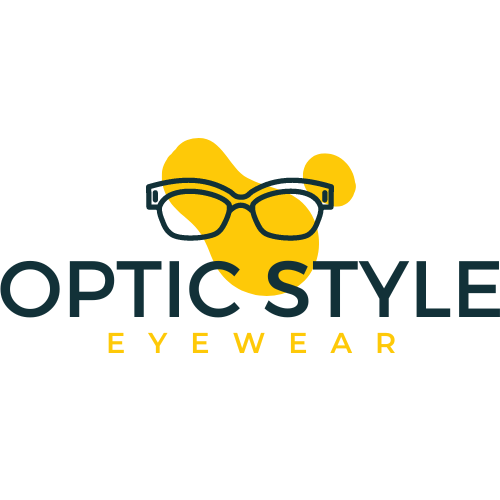Understanding Nearsightedness: An Insight into Myopia
Nearsightedness, also known as myopia, is a common vision impairment that affects a significant portion of the population. It is a refractive error of the eye that causes distant objects to appear blurry while close-up objects remain clear. This condition occurs when the shape of the eye prevents incoming light from focusing on the retina, the light-sensitive tissue at the back of the eye.
The prevalence of nearsightedness has been steadily increasing in recent years, especially in urban areas where people spend more time indoors and engage in activities that demand extensive near vision, such as reading, writing, and using electronic devices. Additionally, hereditary factors can play a role in the development of myopia, making children with nearsighted parents more likely to develop the condition.
The main cause of myopia is an elongated eyeball, which alters the way the light is refracted. When the eyeball is too long, the incoming light does not focus directly on the retina, but rather in front of it. As a result, objects in the distance appear blurry. This elongated shape of the eye is usually influenced by genetics and environmental factors.
A person with myopia may experience a range of symptoms, such as squinting to see distant objects clearly, headaches, and eyestrain. Difficulty in recognizing faces or reading road signs from a distance are also common signs of nearsightedness. If someone is displaying any of these symptoms, it is advisable to seek an eye examination from an optometrist or ophthalmologist to determine the presence and severity of myopia.
Thankfully, there are various methods to correct myopia and improve vision. The most common and effective approach is the use of corrective lenses, such as glasses or contact lenses. These lenses help to redirect the incoming light to the retina, allowing for clear vision. The power of the lenses will depend on the severity of the myopia, as determined by the eye examination.
Another popular treatment option, especially for those who prefer not to rely on glasses or contact lenses, is refractive surgery. Procedures like LASIK (Laser-Assisted In Situ Keratomileusis) aim to reshape the cornea, the clear front part of the eye, in order to correct the refractive error. However, it is important to note that not everyone is a suitable candidate for this type of surgery, and a consultation with an eye specialist is necessary to determine the appropriateness and potential risks involved.
Additionally, there are certain lifestyle changes or practices that can help manage myopia. Spending more time outdoors has been linked to a reduced risk of nearsightedness, particularly in children. The exact mechanisms behind this association are still being studied, but it is believed that exposure to the natural light and the need to focus on distant objects outdoors may help in preventing or slowing down the progression of myopia.
Regular eye examinations are crucial in the early detection and management of myopia. Optometrists and ophthalmologists can monitor the progression of nearsightedness and adjust the corrective measures accordingly. Early intervention can help prevent myopia from worsening and reduce the risk of associated complications, such as retinal detachment or myopic macular degeneration.
In conclusion, understanding myopia is essential for individuals affected by nearsightedness and for those around them. With the increasing prevalence of myopia, it is crucial to prioritize eye health and seek professional guidance if any vision problems arise. Proper management and correction of myopia can significantly improve quality of life and preserve vision for years to come.
